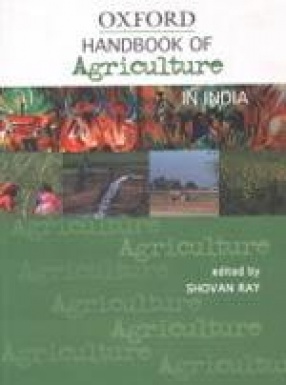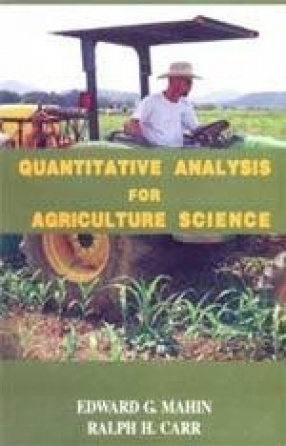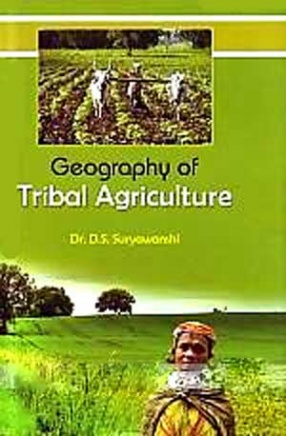India’s agricultural growth in the twentieth century has been low compared to that in other developing countries. However, there have been some important developments in the agricultural sector in this period. Famines have all but disappeared and there is now a food surplus. The Green Revolution too increased yield and productivity for certain crops in specific agro-climatic zones. Having said that, a lot still needs to be done. While agricultural growth has contributed to significant decline in poverty, India still remains home to the largest number of poor. Agricultural productivity remains low in much of the ‘rain fed’ areas where poverty and malnutrition are concentrated. Land productivity is also declining in areas which are over-irrigated. Agricultural growth must be restarted, and the benefits more fairly distributed. This timely handbook reviews key issues in Indian agriculture today. Individual contributors assess: The state of Indian agriculture in relation to state and central economic policies and their impact on the economic and societal environment. The need to shift focus from Green Revolution areas to other regions and crops in the context of globalization and even distribution of the benefits achieved. Food security, not only at the national but also at the regional, household and group levels. Contemporary issues relating to poverty and agricultural subsidies. Emerging issue of the changing Agrarian system and rural urban linkages. This book will interest economists and policymakers dealing with Indian agriculture as well as researchers and teachers in the area of environment, development, poverty, food security and migration.
Handbook of Poverty in India: Perspectives, Policies, and Programmes
The poverty situation is ...
$29.70
$33.00






There are no reviews yet.